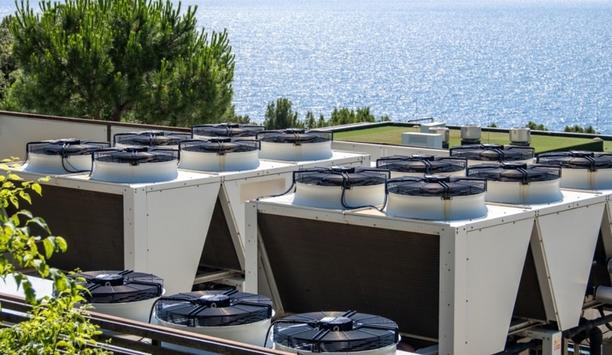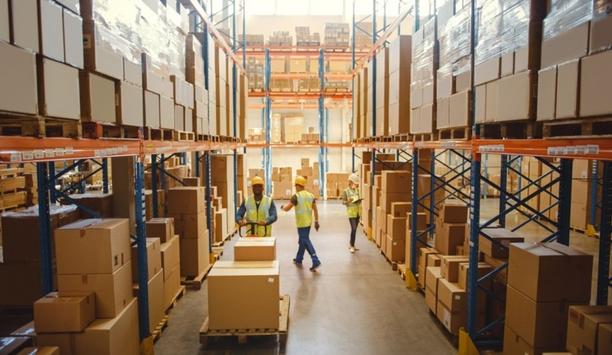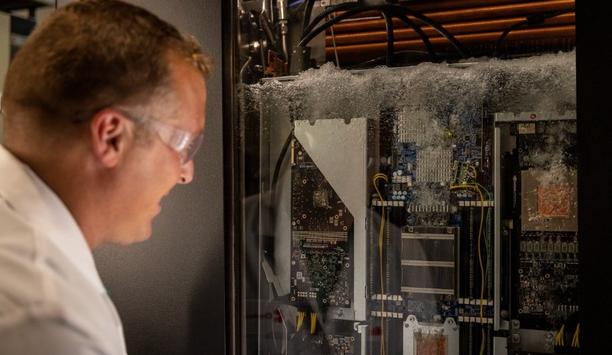It’s often said the only constant in life is change. In the HVACR industry, that phrase has been especially true.
We saw another year of transitions in 2024 that included evolving efficiency and refrigerant regulations, changing corporate net zero targets, the continued emergence of advanced heat pumps, and the impact of artificial intelligence (AI) in building management.
Smart and sustainable
Throughout these transformations, the industry continues to overcome challenges and innovate as we transform the places where people live, work, and play into smarter, healthier, and more sustainable spaces.
As we look toward 2025, we can expect to see a continued, industrywide focus on decarbonization, heat pump development, A2L refrigerants, and AI as regulations expand and new technologies emerge.
Decarbonization
Decarbonization continues to be a very high priority for both the residential and commercial sectors
Decarbonization continues to be a very high priority for both the residential and commercial sectors. This focus has transformed the way we design and install HVAC equipment and has created tremendous opportunities for those who invest in educating themselves on the evolving technologies, regulations, and incentives.
Today’s building professionals and homeowners have an unprecedented number of incentives available at the federal, state, and utility levels encouraging decarbonization transitions.
- Digital and net zero services
For example, tax credits such as 25C for consumers and 179D for commercial building owners were expanded under the Inflation Reduction Act (IRA) and can significantly reduce the upfront costs of high-efficiency equipment, creating a compelling offer to replace less efficient systems.
In commercial buildings, combining high-efficiency HVAC equipment like electric heat pumps with digital technologies and net zero services can help empower organizations to optimize their buildings and subsystems for both the short- and long-term.
Heat pumps
Heat pump technology has advanced significantly in recent years, providing an electrified, high-efficiency HVAC option for nearly all applications – even those operating within colder climates.
The Department of Energy’s (DOE) Residential Cold Climate Heat Pump (CCHP) Technology Challenge has propelled the successful introduction of heat pump prototypes that can withstand subfreezing weather. Similarly, the DOE’s Commercial Building Rooftop Heat Pump Accelerator program has helped drive packaged heat pump performance toward greater efficiency for commercial and light commercial buildings located in colder climate zones.
- Water-to-water heat pumps
Water-to-water heat pumps can replace legacy chiller and boiler combinations without the need for major changes
Innovations in commercial water-to-water compound centrifugal heat pumps are also accelerating decarbonization within building retrofits. For facilities that require simultaneous heating and cooling, such as hospitals and universities, water-to-water heat pumps can replace legacy chiller and boiler combinations without the need for major changes to the existing HVAC infrastructure.
This partial decarbonization approach can help building operators achieve their decarbonization goals while also lowering operational expenses (OpEx). In many instances, this reduction in OpEx also provides a path to funding additional decarbonization strategies.
A2L refrigerants
The EPA continues to make strides in reducing the consumption and production of hydrofluorocarbons (HFCs) under the American Innovation and Manufacturing (AIM) Act.
As part of the AIM Act, the Technology Transitions Program will usher in sector-based regulations beginning January 1, 2025, prohibiting the manufacturing of equipment using refrigerants with a GWP higher than 700.
- New protocols
As a result, new equipment will continue to hit the market throughout 2025. In tandem, many contractors and technicians will begin working with A2L refrigerants for the first time.
Because these refrigerants are classified by ASHRAE as mildly flammable, new protocols for safe refrigerant servicing, storage, and transportation, and refrigerant leak detection (RDS) requirements will be necessary for some applications.
- ACCA A2L refrigerant training
Contractors should complete ACCA A2L refrigerant training and EPA section 608 certification
With these changes, it is important to become familiar with updated codes, including UL 60335-2-40, 3rd and 4th editions, ASHRAE 15 and 15.,2, and the AHRI Safe Refrigerant Transition Task Force (SRTTF), as well as local and state regulations.
Contractors should also complete ACCA A2L refrigerant training and EPA section 608 certification. Additionally, new digital tools such as RDS calculators can help contractors navigate A2L leak detection requirements and mitigation strategies while in the field.
AI and controls
AI is positioned to continue to make a huge impact in HVAC. We’re seeing more service techs using generative AI and co-pilots for troubleshooting rather than paging through manuals. At the same time, AI technology can predict if connected HVAC units may have issues, making it possible for service techs to address potential issues in their earliest stages or prevent them from happening altogether.
Both of these use cases can help technicians service equipment more quickly, efficiently, and accurately, which can increase equipment longevity and reliability while reducing downtime and total cost of ownership.
- Building performance
AI-powered building controls can provide a holistic view into contextualized, full-building performance
More HVAC systems are being equipped with AI-enhanced controls and reporting. The capabilities these tools provide can give building owners greater opportunities to optimize building performance, improve occupant comfort and well-being, and more easily reach sustainability targets.
From a building management perspective, AI-powered building controls can provide a holistic view into contextualized, full-building performance, occupant experience, and sustainability.
- Openness and flexibility
As AI becomes more commonplace, AI-centric building standards, such as ASHRAE Guideline 36, will also continue to emerge that balance sustainability with occupant comfort, health, and safety.
As we move into 2025, we can expect to see another year of equipment innovations, technology advancements, and evolving regulations. As an industry, we continue to face change with openness and flexibility. And it’s this mindset that empowers us to meet, and exceed, expectations – now and in the year to come.



















